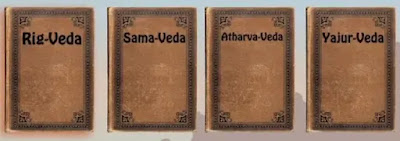Showing posts with label History. Show all posts
Showing posts with label History. Show all posts
Dec 1, 2024
Nov 24, 2024
Nov 17, 2024
Oct 26, 2024
Oct 20, 2024
The Mauryan Empire
THE FIRST EMPIRE
We
have read about how small states, or janapadas, came to be formed in different
parts of the subcontinent and eventually conquered neighbouring states to form
larger states, or mahajanapadas. As more territories were conquered, the
mahajanapadas gave way to empires. The empires favoured dynastic rule, i.e.,
rulers from the same family succeeded each other to the throne.
Sep 2, 2024
Aug 18, 2024
Translate
GK BUCKET 2022. Powered by Blogger.
Search This Blog
Popular Posts
-
The Living Organisms- Characteristics and Habitats
-
Motions of the Earth Earth has two types of motions: Rotation - Rotation can be defined as the movement of the Earth on its axis. Re...
-
Medival India- AD 700- AD 1750
Featured
Trending
-
Motions of the Earth Earth has two types of motions: Rotation - Rotation can be defined as the movement of the Earth on its axis. Re...
-
India from 200 BC to AD 300 New Rulers, Trade and Religion
-
The Living Organisms- Characteristics and Habitats
Random Posts
3/random/post-list
Popular Posts
-
Motions of the Earth Earth has two types of motions: Rotation - Rotation can be defined as the movement of the Earth on its axis. Re...
-
India from 200 BC to AD 300 New Rulers, Trade and Religion
-
The Living Organisms- Characteristics and Habitats
-
Sortinge Materials into Groups The objects which we see around us are made of different materials like wood, glass, rubber, plastic, c...
Recent Posts
3/recent/post-list
Copyright (c) 2023 Amriteducation All Right Reseved
Created By Blog | Distributed By Gooyaabi Theme



.webp)







.webp)
